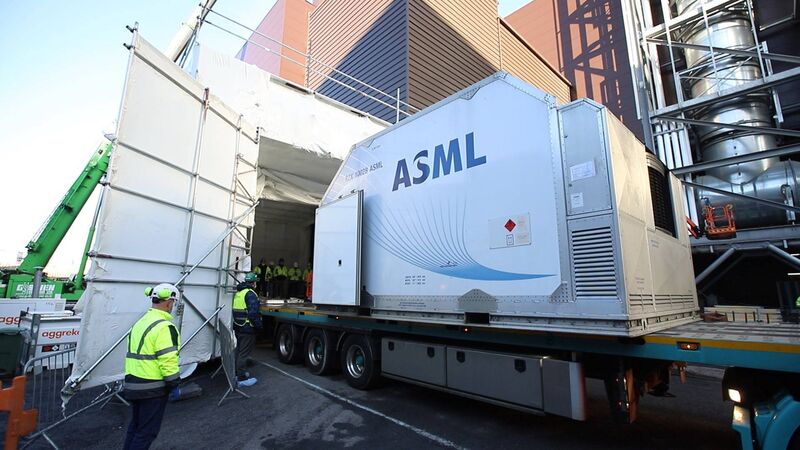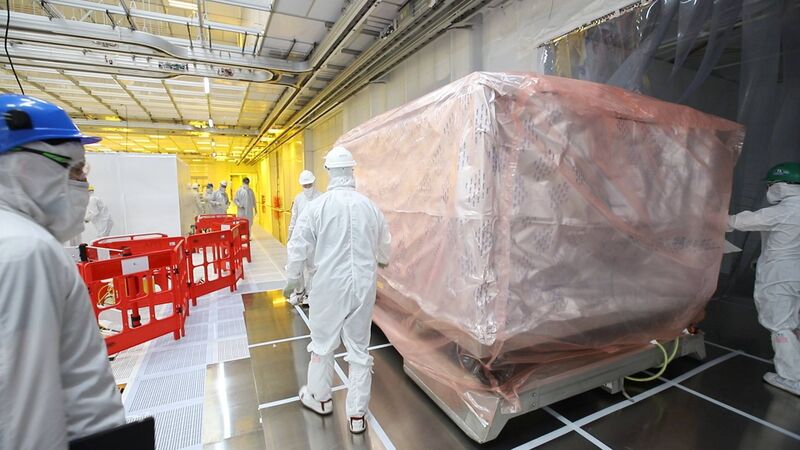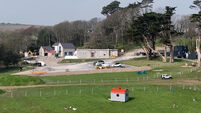One of the most complex machines ever built has arrived in Ireland

The system consists of 100,000 parts, 3,000 cables, 40,000 bolts and more than a mile of hosing.
Arguably the most complicated piece of machinery humans have ever built has arrived in Ireland ready to resolve the global shortage is computer chips.
The Intel plant in Leixlip, Co Kildare has seen the arrival of the Dutch built EUV lithography system, a device used to print the billions of transistors onto silicon wafers that are then transformed into computer chips.
The device can print features as small as 13 nanometres in size (7,500 times smaller than a human hair) with an alignment precision of just over 1nm. To put this in context, it’s the equivalent of directing a laser pointer to your fingertip from the moon.
The arrival of this system in Ireland marks the first high volume EUV production in Europe, bringing with it the future of semiconductor manufacturing.

The first system arrived in Ireland having journeyed across the Atlantic from Intel's Technology Development unit in Oregon. It was first transported by four Boeing 747 Cargo planes with pieces weighing up to 15 tonnes each. It completed the final part of its journey via road where it was carried by more than 35 trucks.
Lithography scanners are the part of the semiconductor manufacturing process where a lot of the magic happens. These scanners print the microarchitecture of each individual chip onto a silicon wafer. They do this by scanning a design template - called a reticle - and transferring this image to the silicon wafer, which is then developed.
The science
It does this by generating EUV light which has 13.5nm wavelength by spraying micro droplets of tin across a vacuum chamber and striking it with a 25KW CO2 Laser beam twice. The first low energy shot evaporates the droplet to a cloud shaped like a pancake, the second high energy shot transforms the cloud into a plasma that’s focused into a beam that bounces off a series of mirrors before picking up and focusing the circuitry image into the silicon wafer to print billions of transistors and other features on the wafer.
The system consists of 100,000 parts, 3,000 cables, 40,000 bolts and more than a mile of hosing. It has taken 18 months of design and construction activity to prepare the Fab 34 building in Kildare to receive the machine. Some 20,000 work hours alone went into just preparing for the arrival of the scanner. Intel said more than 100 ASML staff are now supporting the build and set up of the system together with teams of trade contractors, Intel Engineers and Technicians.
The Fab 34 facility in Ireland will be one of a number of facilities producing vital chip technology as the world struggles to secure the required volume to meet demand. The current shortage of chips has impacted virtually every industrial sector, particularly the motor industry delaying the production of countless products.











